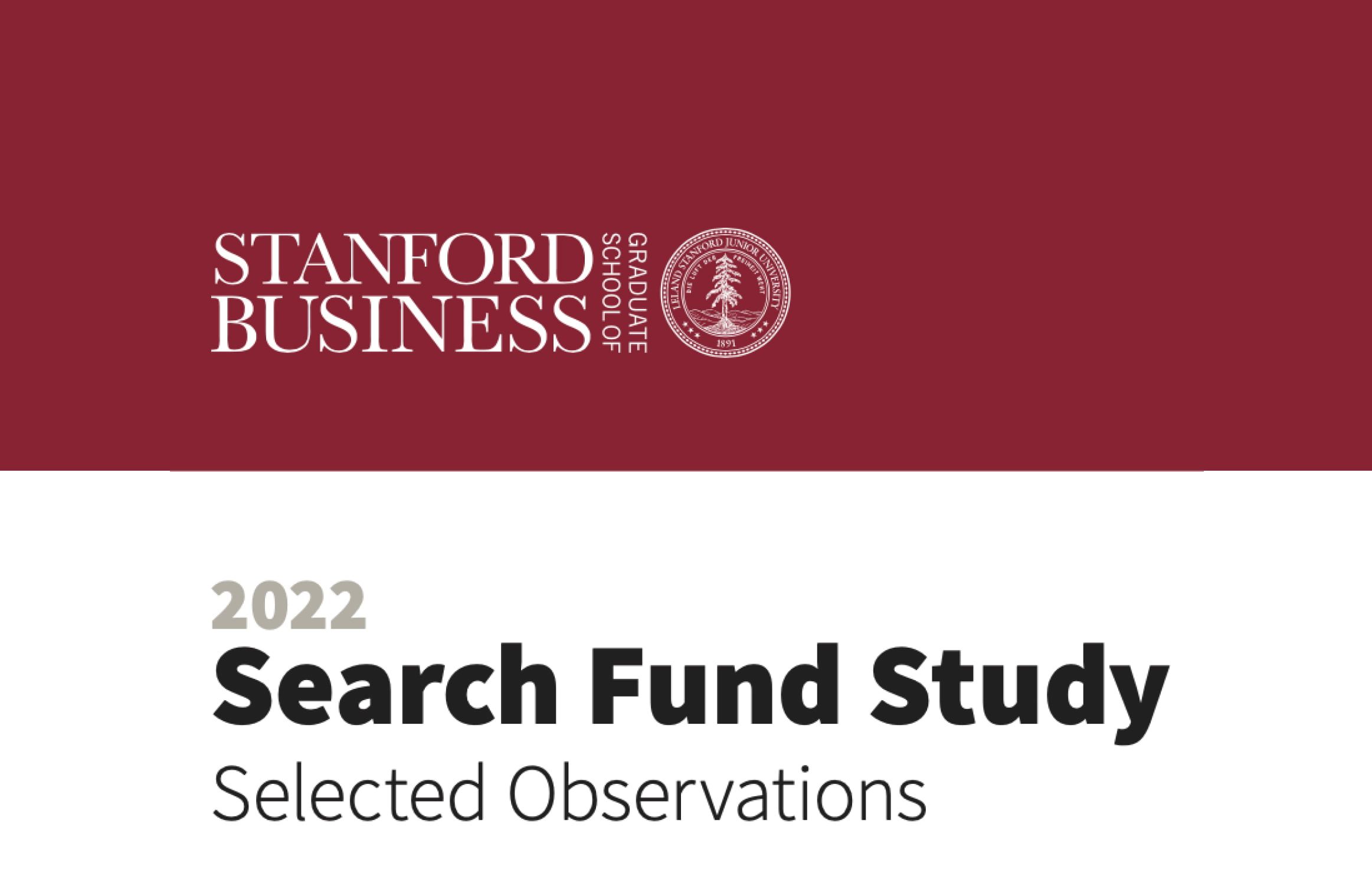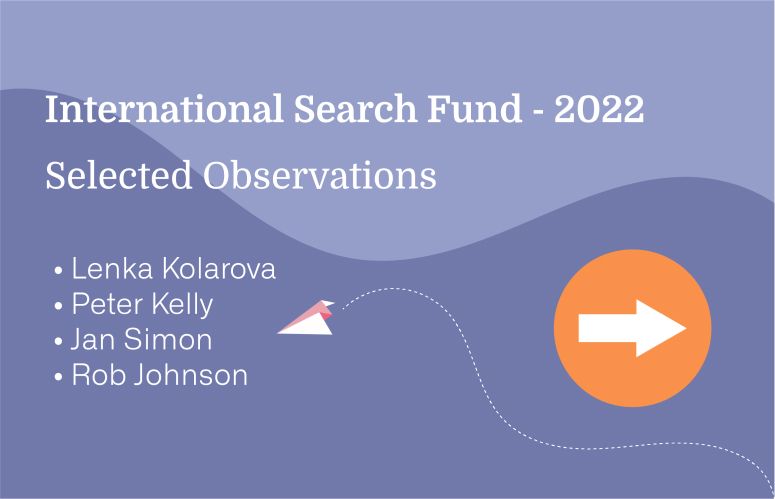The search fund community continues to evolve, with attractive financial returns and record numbers of new searchers and deals.
On the whole, the returns and key characteristics of search funds have not changed significantly in the last two years. In this study we specify the financial returns, highlight recent trends, and present new data. In 2020 and 2021 there were 124 traditional search funds launched and 66 acquisitions made. Notably, the median purchase price increased significantly to $16.5 million in this 2022 study, and software, tech-enabled services, and general business services were the most frequent industries for acquisition in 2020 and 2021. Also, the number of female searchers increased to 13% in 2021. For the first time we report on searcher ethnicity, and we plan to provide more insight on diversity in future studies.
A record $776 million was invested in traditional searchers and search acquired companies in 2020 and 2021. From 1986 through 2021 a total of $2.3 billion of equity was invested, generating approximately $9.8 billion for investors and $2.4 billion for entrepreneurs. Returns from all search investments since 1986 increased slightly in the 2022 study compared to the 2020 study, with aggregate pre-tax returns of 35.3% internal rate of return (IRR) and 5.2x return on investment (ROI)2. In the past two years, four new companies achieved ROIs in excess of 10x, raising the total number of search funds with greater than 10x return to 17.
In this study we report new information on seller relationships, acquisition multiples, and searcher ethnicity. We provide additional insight into returns and other recent trends. As with past studies, exhibits provide specific data on the search process, acquisition details, financial returns, and results from IESE Business School’s sister study of search funds outside of the United States and Canada.
What is a Search Fund?
A search fund is an entrepreneurial path undertaken by one or two individuals (the “searchers”) who form an investment vehicle with a small group of aligned investors, some of whom become mentors, to search for, acquire, and lead a privately held company for the medium to long term, typically 6 to 10 years. When successful, this has resulted in a relatively fast path to becoming an owner-CEO, attractive financial returns for both investors and searchers, and growing, well-run enterprises.
The term “search fund” originated at Harvard Business School in 1984, was popularized at Stanford in the following 10 years, and has been steadily adopted by business schools and entrepreneurs around the world. A typical search fund progresses through four stages:

Survey Results: Fundraising, Search, and Acquisition
This study includes 526 first-time search funds formed since 1984.4 In keeping with previous studies, we excluded funds led by principals who had previously raised a search fund, self-funded their search, or pursued their search with a single search sponsor. While those forms of search are noteworthy and mentioned later in Appendix C, historically their data have not been included in this study. The focus of this research is on the characteristics and returns of investing in a first-time search fund entrepreneur with a group of aligned advising investors.
The number of new searches launched grew in 2020, as in past years, but then dropped in 2021, perhaps an effect of COVID-19 or the strong job market. Meanwhile the number of acquisitions made by searchers almost doubled in 2020 and 2021, and exits with a positive return hit a record high as companies acquired in prior years were sold.


